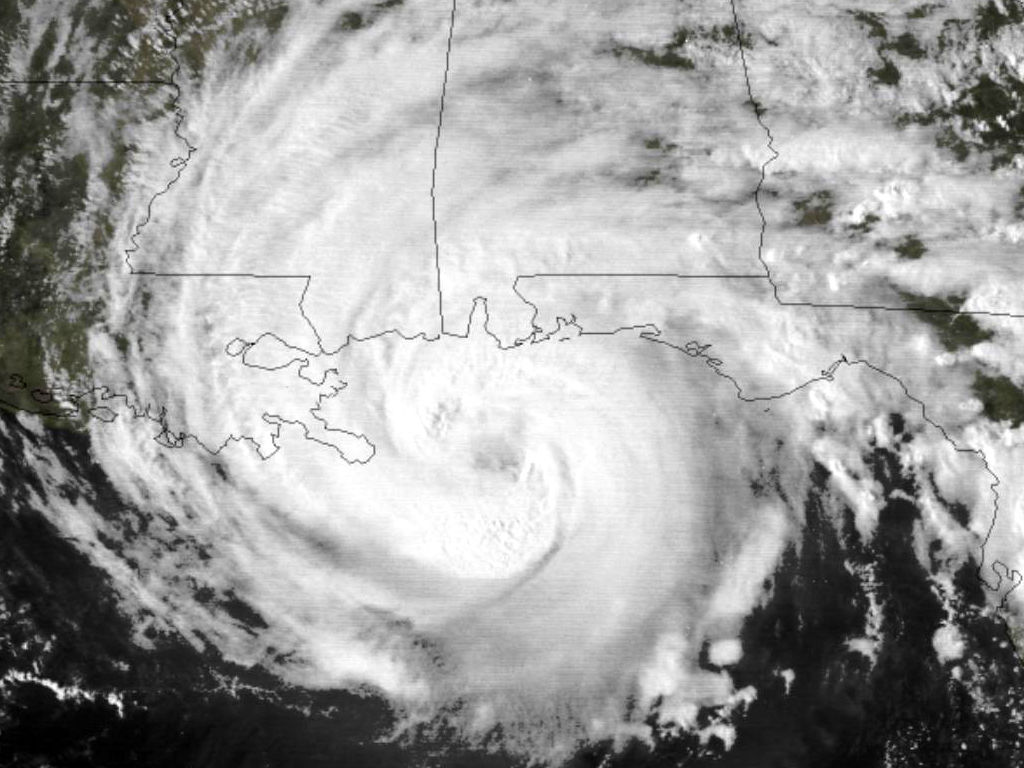

Deeper convective clouds tended to be associated with the inflow regime while stratiform clouds were associated with outflow at these upper levels. Inflow and outflow were found at the same height levels in separate regions of the cyclone at middle and upper levels of Frederic. JLast storm dissipated NovemStrongest storm Name Gloria Maximum winds 160 mph (260 km/h) ( 1-minute sustained) Lowest pressure 909 mbar ( hPa 26.84 inHg) Seasonal statistics Total depressions 13 official, 1 unofficial Total storms 11 official, 1 unofficial Hurricanes 7 Major hurricanes ( Cat. These clouds used as tracers to estimate winds and having heights below 5 km were shown to move with the winds at cloud base.
HURRICANE FREDERIC 1979 DOWNLOAD
Tangential flow dominated the cloud wind field around Hurricane Frederic out to at least 800 km from the eye over land and water. Download scientific diagram Surficial impacts of hurricanes: (A) Hurricane Camille (1969), (B) Hurricane Frederic (1979), (C) Hurricane Katrina (2005). In the stronger Hurricane Allen, the highest radar reflectivity regions in the eyewall lie under a pronounced outward slope above 10 km of the eyewall cloud boundary which is indicated by the stereoscopic satellite observations. These results imply that satellite precipitation estimation techniques for tropical cyclones based on cloud-top measurements will not be accurate for time and space scales less than several hours and a few hundred kilometers respectively. As indicated by radar, most of the cyclone's broad, cold central overcast produced no significant precipitation.

Alabama-79-Damage.JPG 1,329 × 930 244 KB Beach erosion caused by Hurricane Frederic (Dauphin Island, Alabama).jpg 500 × 609 230 KB Fred1979aftmth.JPG 500 × 409 145 KB Frederic 2009Z TN. The most extensive precipitation band was located beneath a warm trench in Frederic's central overcast. Media in category 'Hurricane Frederic' The following 21 files are in this category, out of 21 total. In the eyewall of Hurricane Frederic, some of the high reflectivity regions appear as stereoscopically observed overshooting tops, but major radar-observed precipitation areas outside the eyewall were not evident in the overlying cloud-top structure. It was observed that stereoscopically measured cloud-top height in these hurricanes was not nearly as closely correlated to radar reflectivity at lower levels as it is in intense thunderstorms over land. Cloud winds with stereoscopic cloud-top height assignments were measured within a ten degree latitude radius of Hurricane Frederic using 7.5 minute interval GOES data and were combined with rawinsonde and low-level aircraft wind data. These programs were used to help Florida professionals understand and better prepare for Hurricanes and other natural disasters.Infrared and stereoscopic visible satellite data from synchronized scanning of GOES-East and -West are combined with ground-based radar data for Hurricane Frederic (1979) and time-composited airborne radar for Hurricane Alien (1980) to investigate hurricane cloud and precipitation structure.

The reader of these publications will see how necessary it is to evacuate and protect their families.”īecause Bill Macchio was well-known in weather circles as a “storm chaser” and the publisher of numerous commemorative magazines pertaining to natural disasters, he was given the honor of publishing past programs for the Governor’s Hurricane Conference in Florida. Compiling publications like the ones featured here not only documents the wrath and fury of these storms but it also helps to save lives.
HURRICANE FREDERIC 1979 FULL
According to Bill, “Compiling historic document is full of rich rewards, mostly because of the overwhelming feeling that this kind of publication will live on long past the lifetime of the talented people who helped assemble this project for you, your children and their children. Publisher Bill Macchio takes great pride in documenting unusual weather, its effects on our lifestyle and the resilience of people in the face of destruction. By the morning of August 30th, Frederic gained hurricane strength and began barrelling for the Carribean Sea. “Hurricane Chaser” and publisher Bill Macchio (right), with oldest son Drew (left). Hurricane Frederic - SeptemFrom the NHC Preliminary Report on Frederic Forming from a tropical wave on the coast of West Africa late on August 27th, there was little to distinguish this storm from any other.


 0 kommentar(er)
0 kommentar(er)
